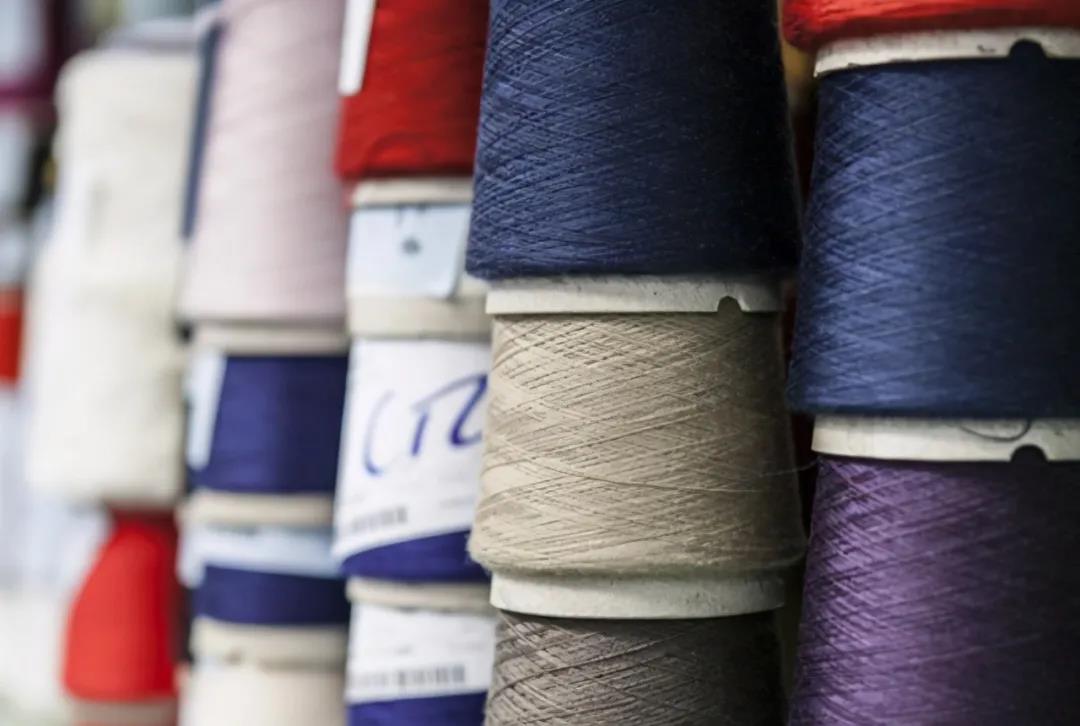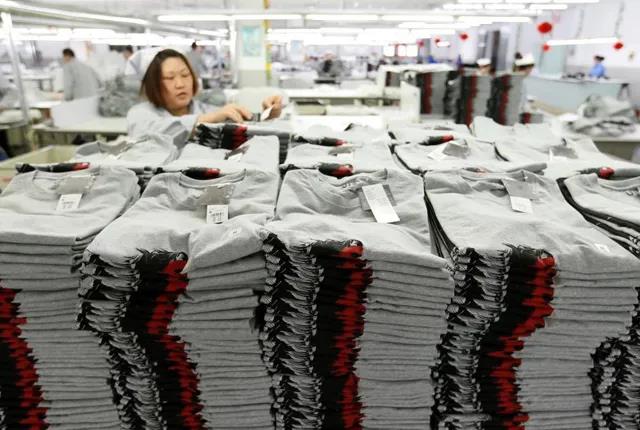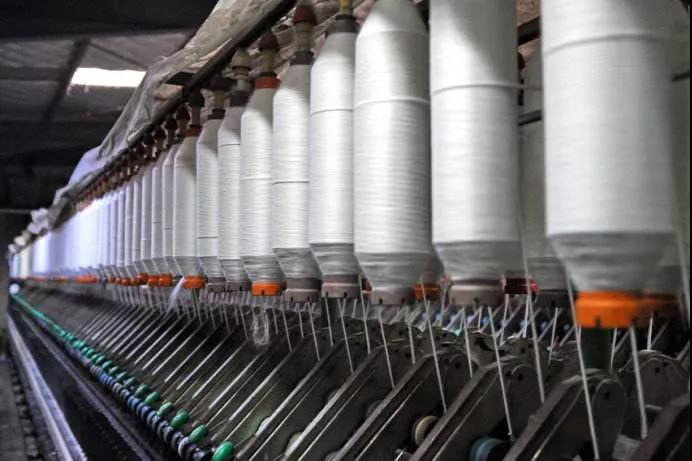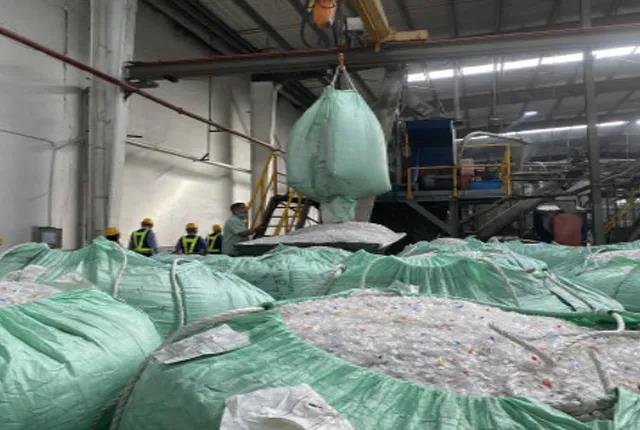2021 is still a bit special for many industries, because since the beginning of this year, many commodities have ushered in price increases. It seems that, except for the price of pork, which is falling, the prices of other commodities are rising. Including daily necessities, toilet paper, aquatic products, etc., without exception, the price increase was carried out.
Including the textile market, all kinds of raw materials have also ushered in price increases. More importantly, with the return of textile orders from Southeast Asian countries such as India, domestic textile companies have now accepted a large number of orders. However, the increase in orders should have been a good thing, and many companies are worried. In the context of rising raw materials, the profits of these textile companies have been repeatedly compressed, and there have even been situations in which they are afraid to accept orders.
Statistics show that from January to May 2021, national textile and apparel exports amounted to US$112.69 billion, a year-on-year increase of 17.3%. Clothing exports in May alone reached 12.2 billion U.S. dollars, a year-on-year increase of 37.1%. However, the prices of reserved raw materials and textile raw materials have been rising continuously, and the ex-factory price of cotton yarn has appeared “one adjustment per day” or even “two adjustments per day”. Many people are wondering if the peak season for textile production is coming? In fact, the pressure faced by enterprises is predictable. For the textile industry, cotton yarn can be said to be the most in demand raw material. However, since the second half of 2020, the price of cotton has continued to rise, and the price of yarn has also been affected. Rough statistics show that the cost of producing grey fabrics has generally risen by 20% to 30%. While upstream raw materials are rising in price, downstream companies do not have much “right to speak”. Including the retail price, I dare not arbitrarily increase, otherwise it is easy to lose customers. This is why we say that the order volume has increased, but the company’s profits have decreased.
Changes in the prices of these raw materials for fabrics have caused the wholesale price of a common cotton quilt cover to rise by 8 yuan. For downstream companies, it is inevitable to maintain profits and increase prices. But in order to maintain customers, the price can only be adjusted slightly. Faced with today’s situation, many textile companies are a bit “regret”, because last year due to the impact of special circumstances, the textile industry market was sluggish. This year, many companies have begun to cautiously stockpile, and they basically buy as much raw materials as they use. Unexpectedly, the raw materials will rise sharply this year, and many orders in hand are based on the market price of the previous year. Under this increase, the profit will naturally disappear.
In the context of successive adjustments in the prices of textile raw materials, some companies have discovered new business opportunities. To a certain extent, the fabrics of some clothes do not have to be made of raw materials such as cotton yarn. Many people may not have thought that plastic bottles can also be used to make clothes.
Nowadays, this market also has a set of special processes, including the recycling of waste plastic bottles, after washing, selection and other multiple processes, to produce recycled fiber filaments. This filament is actually the same as the original fiber filament, and there is no difference in the feel even to the touch. On the one hand, waste plastic bottles can be consumed, which is equivalent to protecting the environment; on the other hand, it can also save costs for enterprises. Using waste plastic bottles to produce clothes can be said to be a good choice in the context of rising prices of raw materials.
Post time: Jun-29-2021




